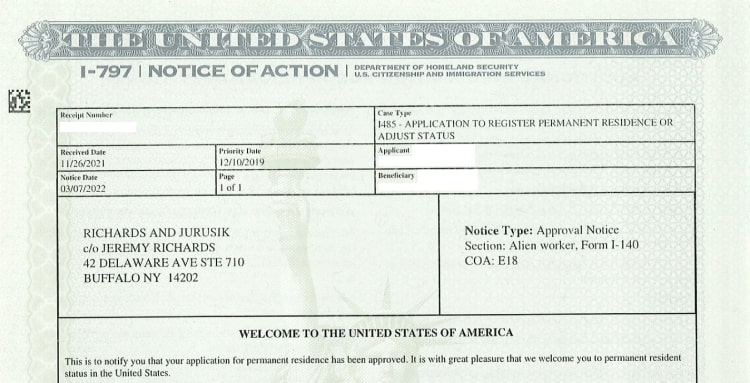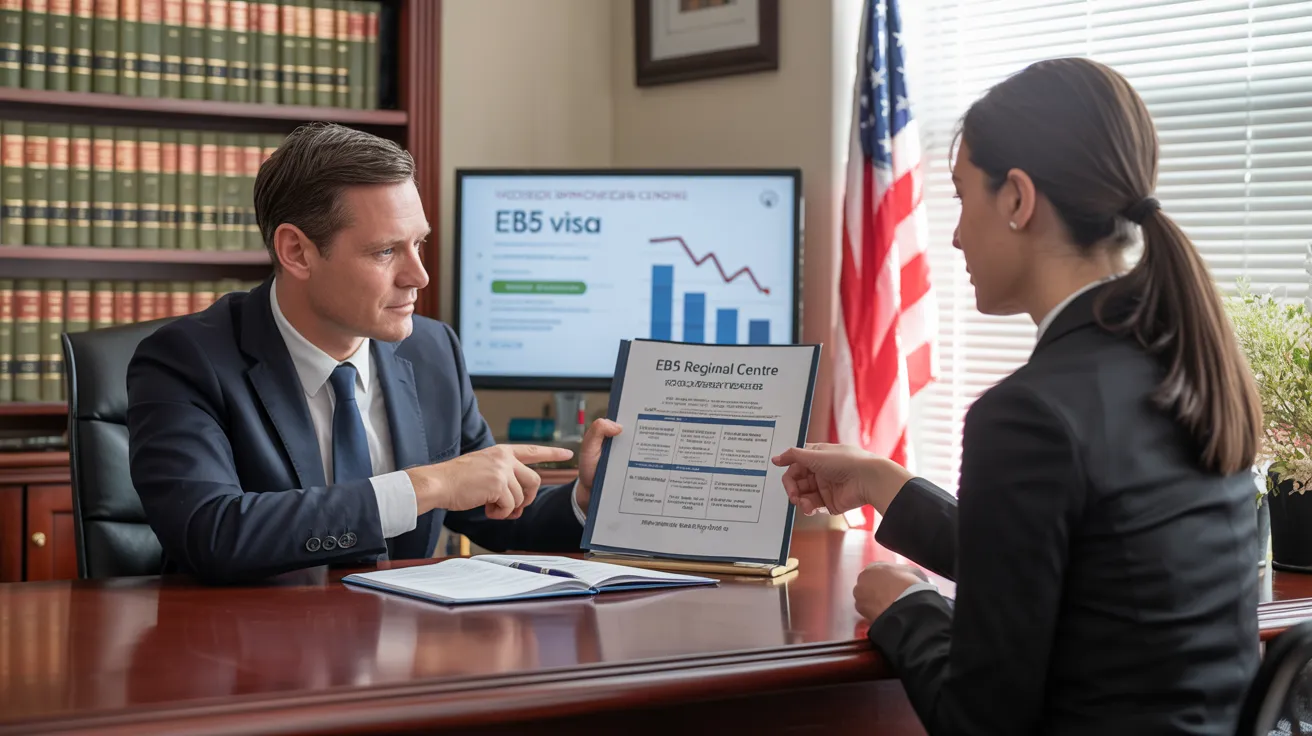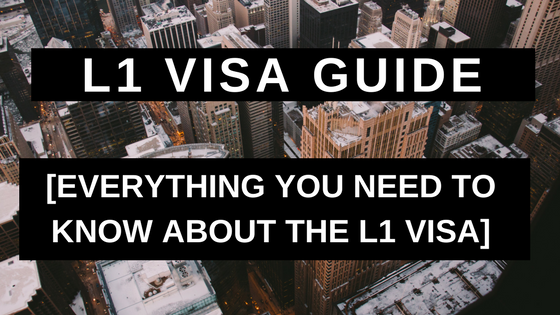L1 Visa Info
L1 Visa for Dummies
Table of ContentsThe L1 Visa StatementsThe Facts About L1 Visa RevealedThe 8-Second Trick For L1 VisaNot known Details About L1 Visa L1 Visa for DummiesThe 7-Second Trick For L1 Visa
Available from ProQuest Dissertations & Theses Global; Social Science Costs Collection. DHS Office of the Inspector General. Gotten 2023-03-26.
United State Division of State. Fetched 22 August 2016. "Workers paid $1.21 an hour to install Fremont technology firm's computers". The Mercury News. 2014-10-22. Obtained 2023-02-08. Costa, Daniel (November 11, 2014). "Little-known momentary visas for foreign tech workers depress incomes". The Hillside. Tamen, Joan Fleischer (August 10, 2013). "Visa Owners Change Employees".
8 Simple Techniques For L1 Visa
In order to be qualified for the L-1 visa, the foreign firm abroad where the Recipient was used and the united state firm should have a qualifying relationship at the time of the transfer. The different types of qualifying connections are: 1. Parent-Subsidiary: The Moms and dad implies a company, firm, or other lawful entity which has subsidiaries that it possesses and manages."Subsidiary" means a company, corporation, or other legal entity of which a moms and dad possesses, straight or indirectly, greater than 50% of the entity, OR possesses less than 50% but has administration control of the entity.
Instance 1: Company A is integrated in France and uses the Recipient. Business B is included in the united state and desires to request the Recipient. Business A has 100% of the shares of Company B.Company A is the Moms And Dad and Business B is a subsidiary. There is a certifying partnership in between the 2 business and Business B should be able to sponsor the Recipient.
Instance 2: Firm A is integrated in the united state and wants to seek the Recipient. Firm B is included in Indonesia and uses the Beneficiary. Firm A has 40% of Business B. The remaining 60% is possessed and controlled by Business C, which has no connection to Company A.Since Business A and B do not have a parent-subsidiary partnership, Firm A can not fund the Beneficiary for L-1.
Business A has 40% of Company B. The continuing to be 60% is owned by Company C, which has no relationship to Firm A. Nevertheless, Firm A, by official contract, controls and full handles Firm B.Since Business A possesses less than 50% of Business B yet manages and controls the business, there is a certifying parent-subsidiary relationship and Firm A can sponsor the Beneficiary for L-1.
The Only Guide for L1 Visa
Affiliate: An associate is 1 of 2 subsidiaries thar are both had and regulated by the same moms and dad or person, or owned and controlled by the very same group of individuals, in basically the same proportions. a. Instance 1: Firm A is included in Ghana and employs the Beneficiary. Company B is included in the U.S.
Business C, additionally incorporated in Ghana, has 100% of L1 Visa requirements Company A and 100% of Firm B.Therefore, Business A and Company B are "affiliates" or sister firms and a qualifying partnership exists between both business. Company B should be able to fund the Beneficiary. b. Instance 2: Company A is incorporated in the U.S.
Business A is 60% owned by Mrs. Smith, 20% had by Mr. Doe, and 20% had by Ms. Brown. Business B is included in Colombia and currently utilizes the Recipient. Firm B is 65% owned by Mrs. Smith, 15% owned by Mr. Doe, and 20% possessed by Ms. Brown. Business A and Firm B are associates and have a certifying relationship in 2 different means: Mrs.
The L-1 visa is an employment-based visa group established by Congress in 1970, permitting multinational business to transfer their managers, executives, or vital personnel to their U.S. procedures. It is commonly referred to as the intracompany transferee visa. There are 2 primary kinds of L-1 visas: L-1A and L-1B. These kinds are appropriate for workers worked with in various settings within a company.

Additionally, the beneficiary needs to have operated in a supervisory, executive, or specialized employee placement for one year within the three years preceding the L-1A application in the foreign company. For new office applications, foreign work has to have been in a managerial or executive capacity if the recipient is concerning the USA to function as a manager or executive.
L1 Visa for Dummies

If approved for an U.S. company functional for even more than one year, the first L-1B visa is for up to three years and can be extended for an added 2 years (L1 Visa). On the other L1 Visa attorney hand, if the U.S. firm is recently developed or has actually been functional for less than one year, the first L-1B visa is issued for one year, with extensions available in two-year increments
The L-1 visa is an employment-based visa group established by Congress in 1970, permitting multinational firms to move their managers, execs, or vital workers to their United state operations. It is typically referred to as the intracompany transferee visa.
All about L1 Visa
Additionally, the beneficiary needs to have operated in a managerial, executive, or specialized staff member position for one year within the three years preceding the L-1A application in the foreign company. For new office applications, foreign employment should have been in a managerial or executive capacity if the beneficiary is involving the United States to work as a manager or executive.
for approximately 7 years to oversee the procedures of the united state associate as an executive or manager. If provided for a united state company that has been operational for even more than one year, the L-1A visa is originally granted for up to 3 years and can be expanded in two-year increments.
If given for a united state firm functional for greater than one year, the preliminary L-1B visa is for as much as three years and can be expanded for an additional 2 years. Conversely, if the U.S. company is freshly established or has actually been functional for less than one year, L1 Visa process the first L-1B visa is provided for one year, with expansions available in two-year increments.